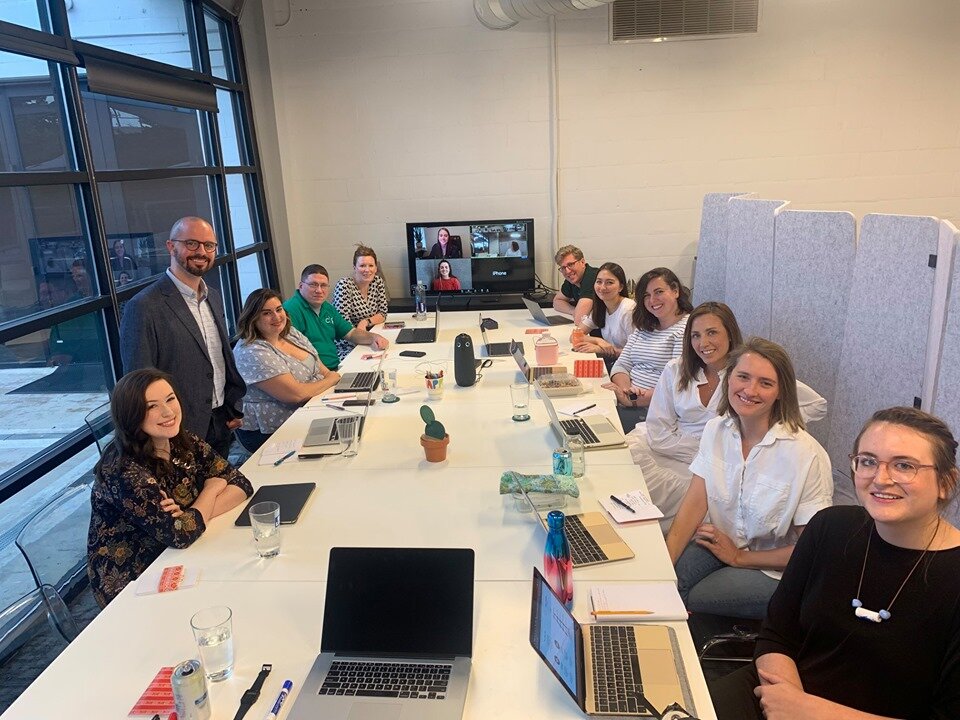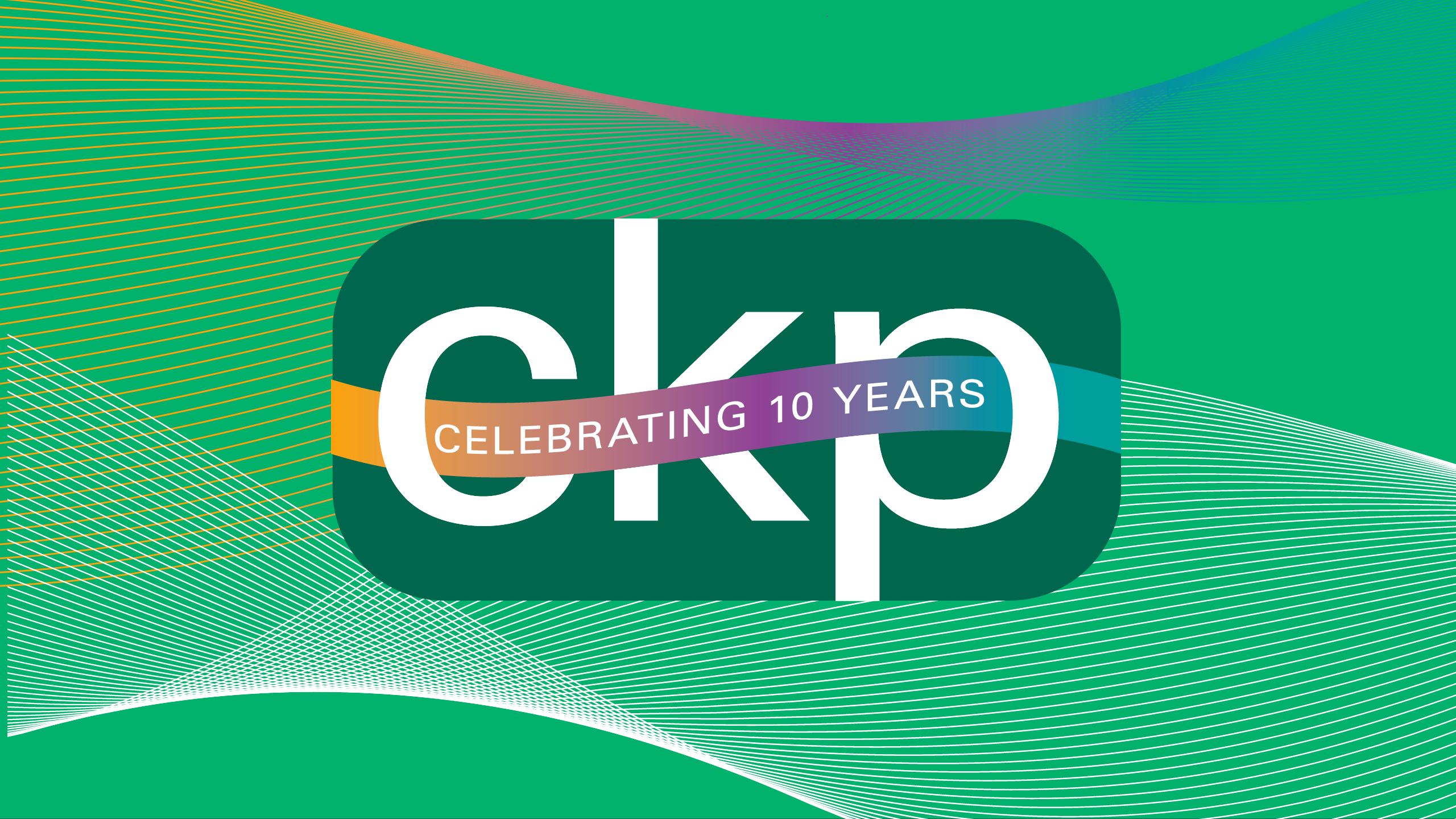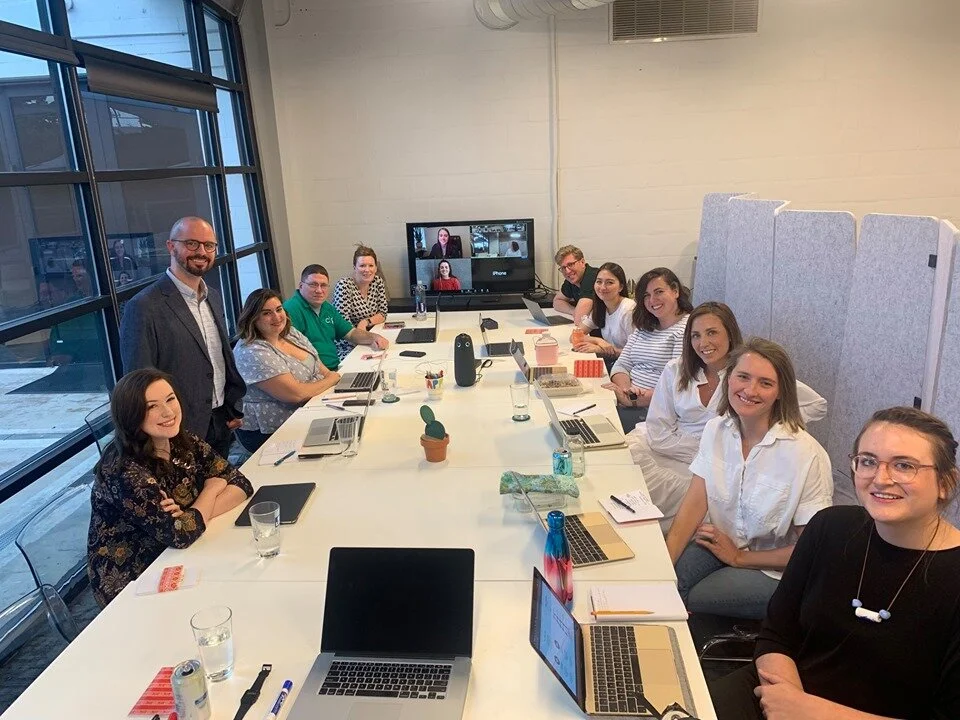Building a remote team: How to create a culture of trust and accountability

The CKP team during one of the agency’s Lunch and Learn series, which serve as team building and professional development opportunities.
The traditional office environment isn’t for everyone. It wasn’t for me, and it took me a long time to realize that I’m most productive, creative and engaged when I have the ability to explore and discover my flow of productivity. Coming of professional age in the 2000s, I experienced changes in workspace design trends — from individual offices and the isolation that it brings, to open concepts aimed at engendering collaboration but plagued with interruptions and distractions that inhibit focus. But what was most fascinating was the rise in technology tools that have revolutionized how we communicate and stay connected day to day, personally and professionally.
When I launched CKP in 2014 in Houston, I didn’t need an out-of-home office. My first project manager was in Austin, and my second hire was a college friend. We were all self-starters, overachievers and committed to delivering at the top of our game. Because all three of us were closely working together on most projects, communication was naturally part of our process. But as the team grew and we diversified client teams, one thing became evident: While building a remote team and virtual office meant flexibility, it also required unconventional tools, clear processes and defined expectations. Even the most disciplined of project managers need structured workflows.
So, what does a remote working life look like? And how do you establish a culture ready for remote work? It’s about communication and clear expectations.
Hire for a remote working culture
Build a remote working screening process as part of your hiring protocols. Consider asking questions that reveal self-motivation, discipline, effective communication skills in written and verbal forms, and the ability to be transparent. If your candidate hasn’t worked remotely before, add “being a good problem solver” and “comfort with technology and tech tools” to the list of qualities that will lead to success.
Establish— and stick to —regular meetings
As we grew past the 15 employee mark, we saw the need for a co-working space for internal meetings, brainstorming sessions and client convenience. The physical office space also became another option available to the team. We’ve found weekly in-person, all-hands-on-deck meetings to be critical. Being physically present becomes an opportunity to bond, build camaraderie and feel accountable for what each member brings to the table.
Those who live outside the headquarters market area can plan trips to spend time connecting in-person with the rest of the team. When traveling isn’t an option, we use video conferencing — not conference calls — for meetings. Investing in good video conferencing equipment, like a 360 camera/speaker/microphone setup, and not relying on the built-in laptop camera and microphone, is essential to help folks who aren’t in the room feel more connected.
We use these meetings for regular team collaborative discussions and one-on-one check-ins with managers. If someone or a project is in danger of falling behind, we know it well before it happens and are able to identify, discuss and solve an issue before it becomes a customer service concern. It’s important to regularly evaluate meetings to ensure they’re meaningful, consistent and valuable.
Focus on the client
Focus on deliverables and outcomes. To do so, I’d recommend meetings be tightly structured and include sharing info and updates, reviewing key performance indicators and discussion time. Every interaction should end with the creation of a to-do list, with individual items assigned to a member of the team who’s accountable for making it happen.
Use collaborative cloud-based tools
While employees manage their own schedules, working location and hours, there’s an expectation of transparency of process and progress. Cloud-based co-working tools add an accountability framework to organize workflows and propel projects forward. Anyone on the team should be able to access team strategies, working documents and notes. Wherever you are, the information should be accessible, eliminating the opportunity for anything to stall.
Offer access to mentors and coaching
Remote working environments nurture independent thinkers that take ownership of their processes and deliverables. As such, they’re often more aware of their strengths as well as their opportunities for growth. Offer an allowance that supports professional development, whether that’s the ability for employees to work with a coach, take a class or become involved with professional groups that reinforce their skills and sensibilities.
For us, the benefits of remote work were revealed early on. Our team of creatives has the option to work when their internal clock deems they’re most engaged and imaginative, and not dictated by when it’s time to “punch in.” Employee satisfaction and morale have remained high, evident by a nearly zero-percent turnover since the agency’s inception. And not having the large, fixed operational cost of office space has allowed us to invest more in employee salaries and benefits. This has made talent acquisition more effective, something that was critical in the company’s formative years. An added benefit is something that we hear from the team during reviews: the ability to better manage work-life balance.
For leadership teams, there’s one critical element to consider: There’s no room for micromanagers in a remote working environment. Trust has to be assumed from the beginning, and everyone on the team has to feel empowered to be efficient, focused and accountable.
A version of this article first appeared on Forbes.
More Blog Posts

Once upon a time, PR meant faxing a press release and hoping someone, somewhere, had paper in their machine. All...

Employee Appreciation Day, recognized on the first Friday in March, will be celebrated this year on March 7. It is...

1. The Power of Sustained Impression (Or: Stop Passing Out at First Dates) Let me tell you about a date...

We’re living in the age of data. Every swipe, click, and “add to cart” generates a treasure trove of information....


